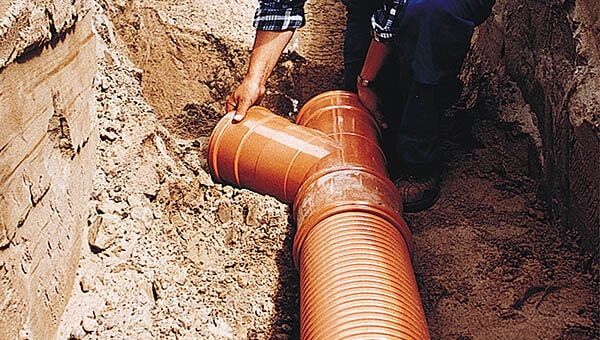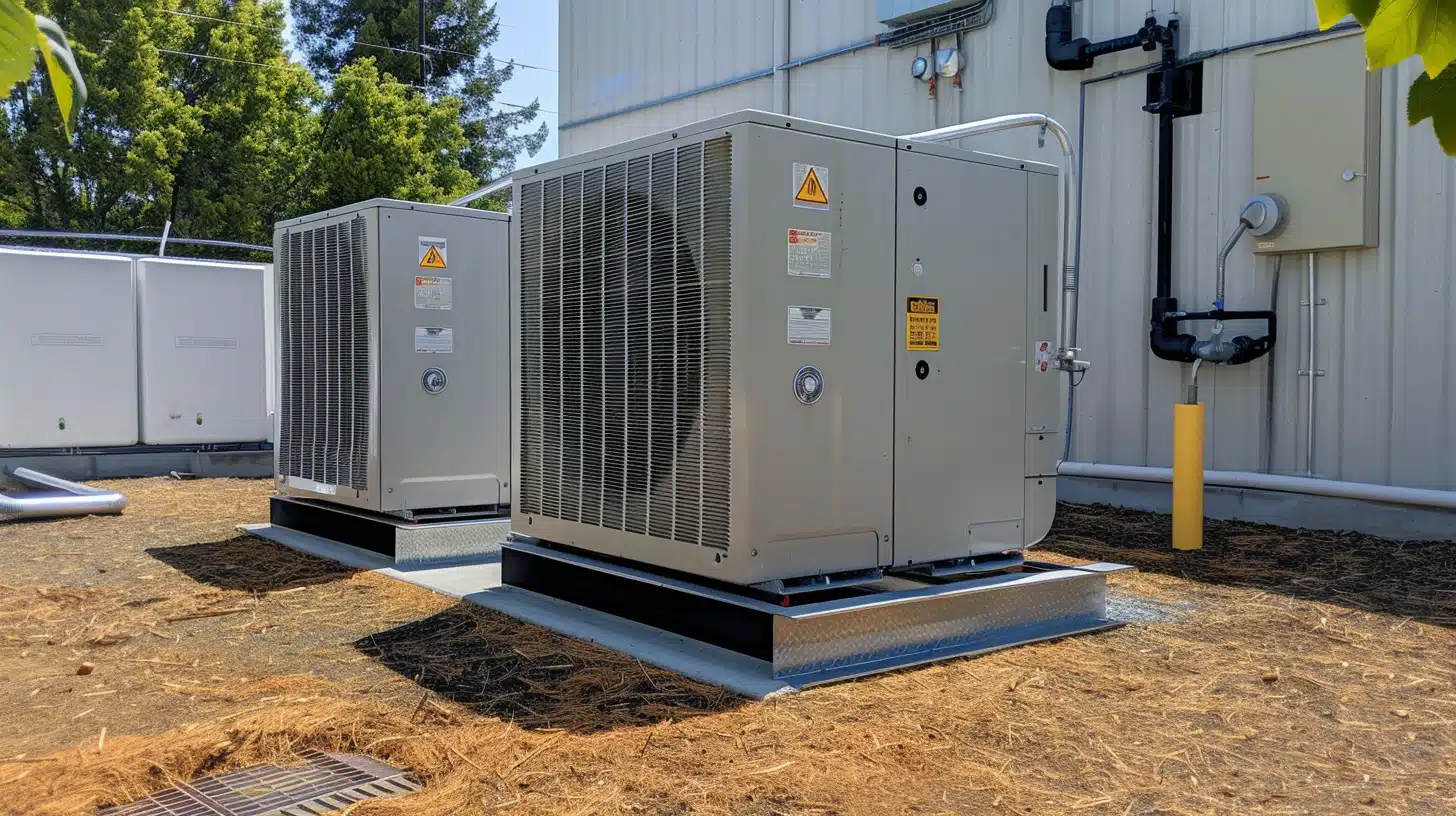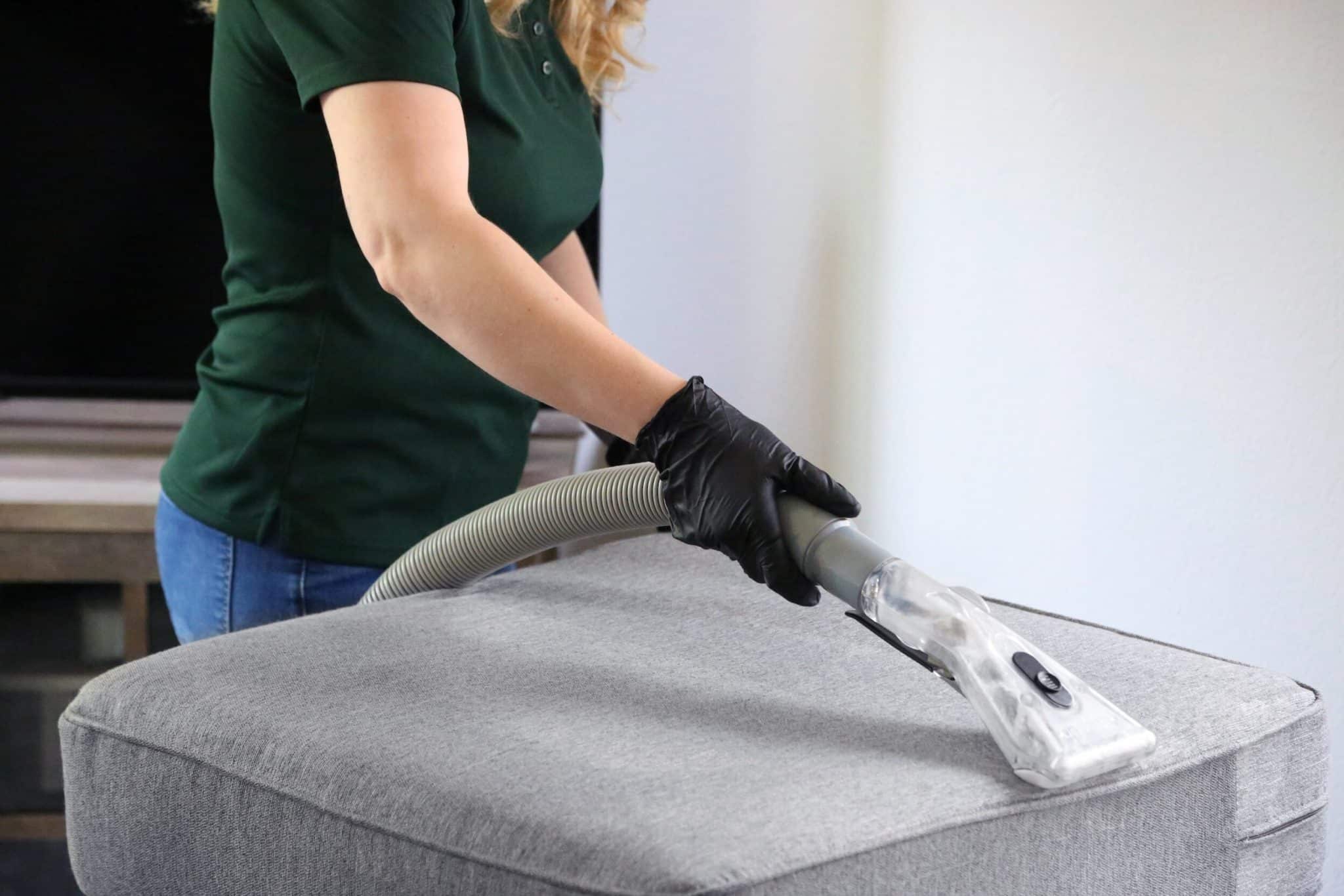What Are The Safety Measures And Precautions For Doing Repairs?
Taking on any repair job, whether it is a simple household task or a complex vehicle overhaul, involves inherent risks.
The desire to save money, enjoy a sense of accomplishment, or simply learn something new often leads individuals into the world of do-it-yourself (DIY) projects.
It is important to not underestimate the necessity of safety precautions during these endeavors.
They may appear to be mundane or time-consuming but are crucial for ensuring your wellbeing and the successful completion of the project.
Safety During Diy Projects
DIY projects can be rewarding, both emotionally and financially, but their execution without proper safety measures can quickly turn a productive activity into a disastrous one.
Whether it’s fixing a leaky faucet, painting a room, or mending a broken fence, it is of paramount importance to be mindful of the risks involved and take the necessary precautions.
Wearing Safety Glasses
Safety glasses serve as the first line of defense against potential hazards during DIY projects.
They protect the eyes from various threats like dust particles, flying debris, or even harmful chemicals.
But remember, not all glasses are created equal.
While your regular eyewear might offer some protection, it is not specifically designed to withstand high impact or block minute particles that can cause damage to your eyes.
Select glasses that fit well, offer a clear field of vision, and are resistant to impacts.
Look for models that cover the sides of your eyes for maximum protection. It might be tempting to bypass this precaution, especially for seemingly small tasks.
However, it’s important to remember that accidents don’t announce their arrival, and it’s better to be safe than sorry.
Maintaining A Clean Workspace
Keeping your workspace clean and organized is an underrated yet critical aspect of safety during DIY repairs.
A cluttered workspace not only hampers productivity but can also result in accidents such as tripping over tools or stepping on sharp objects.
Moreover, the presence of flammable materials or chemicals in a disordered environment can lead to catastrophic consequences.
Invest time in organizing your tools and cleaning the area both before and after the task.
This not only creates a safer environment but also increases efficiency as you can easily find and access the tools you need.
Make it a habit to clean up once your work is done to avoid potential hazards later on.
Avoiding Overexertion
DIY enthusiasts often find themselves so immersed in their projects that they forget to take breaks, leading to overexertion.
This not only affects your physical health in the form of exhaustion and injuries, but can also impair your judgment, making you more susceptible to accidents.
It’s advisable to plan your work in manageable chunks and take frequent breaks.
Don’t push yourself to complete a task in one go if it’s not feasible or safe.
Listen to your body’s signals. If you’re feeling tired or strained, it’s a clear sign that you need to step back and rest.
Electrical Safety
Working with electricity requires an extra level of caution.
Electrical repairs, even seemingly straightforward ones, can pose serious risks if not handled properly.
Therefore, electrical safety should never be taken lightly.
Switch Off Power Sources
Before beginning any repair or maintenance that involves electricity, always make sure to disconnect the power source.
This is the simplest and most effective way to avoid electric shocks.
Never assume that a device or system is not live; always double-check. Use a multimeter or a non-contact voltage tester to confirm that the power is off.
Use Insulated Tools
When working with electricity, always use tools with insulated handles.
These tools are designed to prevent electricity from flowing through them and causing a shock.
While they may not provide 100% protection, they significantly reduce the risk of an electric shock.
Stay Dry
Water is a good conductor of electricity, making it a dangerous element when dealing with electrical repairs.
Always ensure that your hands, clothes, and the environment are dry before working with electricity. If there’s a water spill, clean it up immediately.
Never attempt to repair any electrical equipment that has been water-damaged unless it has been thoroughly inspected and deemed safe.
Chemical Safety
DIY repairs may sometimes involve the use of chemicals, whether for cleaning, painting, or otherwise.
These chemicals can pose a threat to health if not used correctly.
Proper Ventilation
When using chemicals, ensure that your work area is well-ventilated. Many chemicals release fumes that can cause health problems if inhaled.
Opening windows and doors or using fans can help to circulate fresh air.
Safe Storage
Always store chemicals in a secure location, out of reach of children and pets.
The storage area should be cool and dry to prevent chemical reactions.
Always keep chemicals in their original containers with the labels intact so that you can refer to the safety instructions when necessary.
Use Of Personal Protective Equipment (PPE)
While working with chemicals, wear appropriate PPE, such as gloves, respirators, and aprons, to prevent direct contact with the skin.
In the event of a chemical spill, knowing how to react promptly and correctly can prevent serious injuries.
Key Regards
In the domain of DIY repairs and projects, safety measures and precautions are essential underpinnings that warrant serious consideration.
Ensuring the use of safety glasses, maintaining an organized workspace, avoiding overexertion, paying special attention to electrical safety, and exercising caution with chemicals are all integral components of a safe repair environment.
These steps are not mere formalities, but crucial actions that protect against potential hazards and contribute towards the successful completion of the project.
Remember, a truly successful repair job is not only about fixing something, but also about accomplishing the task without harm or injury.
Taking time to prepare, understanding the risks involved, and using the right safety measures can transform a potentially dangerous task into a rewarding and enjoyable experience.
Embrace these precautions as an essential part of your DIY endeavors, ensuring your personal safety and fostering a secure environment for everyone involved.








One Comment